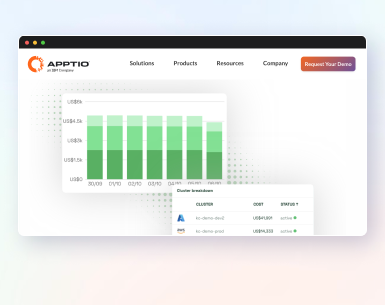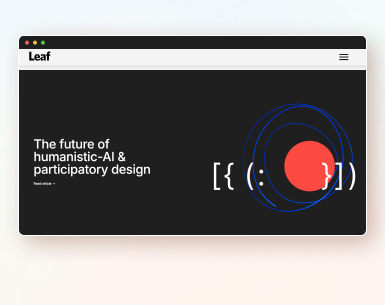Introduction
Florence Healthcare is one of the leading clinical trial technology companies in the world. It provides a Site Enablement Platform, committed to accelerating cures by better connecting sponsors, CROs, and research sites. With over 18,000 connected research sites on its platform in 55 countries, the company streamlines the clinical trial process, enabling seamless collaboration and efficient management of clinical research workflows. Mile Ugarčina, QA Architect at Florence Healthcare, describes it as “your catalyst for accelerated clinical trials worldwide.”
Specializing in software solutions, Florence Healthcare offers a diverse range of applications, including web, mobile, desktop, and API solutions. The breadth of their software portfolio presents a unique challenge — ensuring the quality and stability of their applications across various platforms.
With BrowserStack, despite this challenge, Florence Healthcare remains at the forefront of innovation, dedicated to delivering reliable and comprehensive solutions to meet the evolving needs of the medical industry.
Improve QA automation quality and stability across platforms
Florence Healthcare faced a significant challenge in ensuring the quality and stability of its diverse software portfolio. With five UI test projects and two API projects, the nightly regression suite execution involved executing 4,000-5,000 test cases across different platforms and browsers.
The reporting process using Jira X-Ray lacked historical context, making it challenging to identify persistent issues or trends. “We didn’t have any quantification or metrics, any KPI, or any number for that. We only had how many tests were failing and how many tests were passing. It was very tough to present the progress to our stakeholders. So it was a no-brainer for us to move to BrowserStack Test Reporting & Analytics,” Mile explains.
The sheer volume of test cases led to a time-consuming and cumbersome review process every morning, posing a substantial demand for a streamlined test reporting solution.




